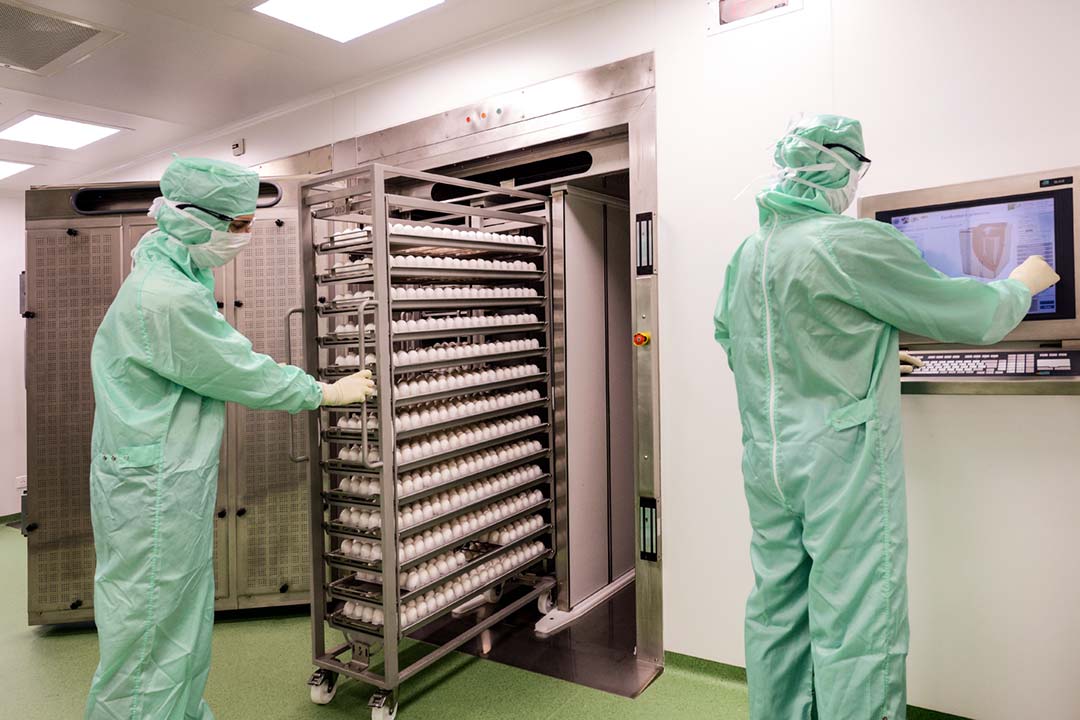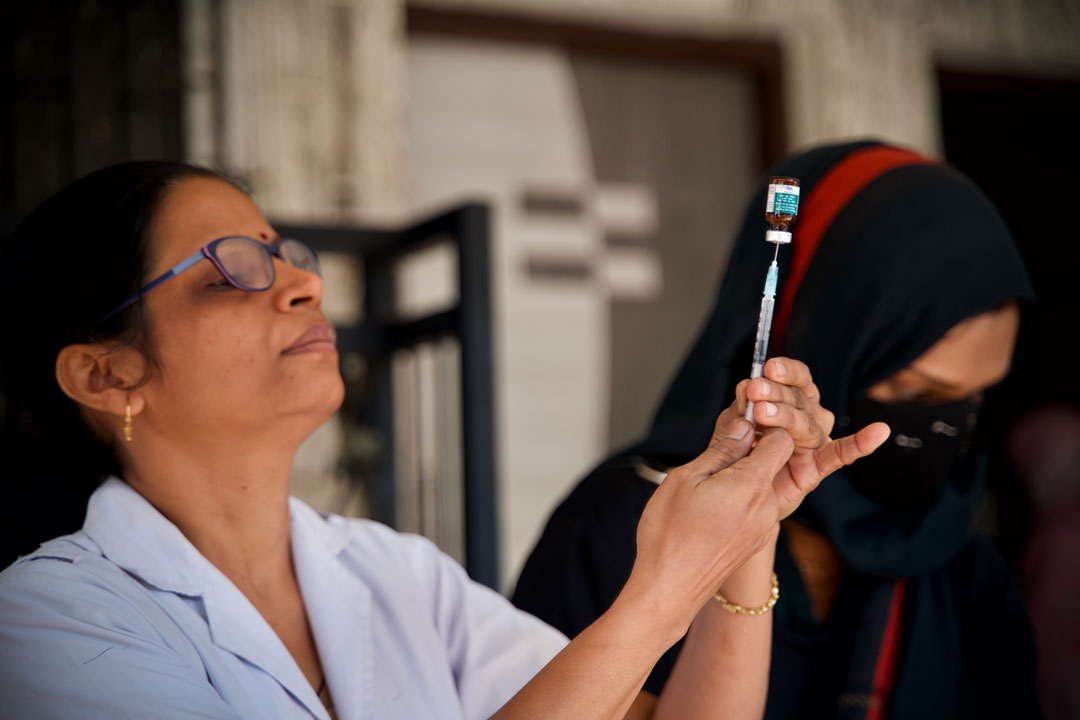Five deadly ways in which heatwaves are threatening our health
Global warming means hotter summers that bring heatwaves and wildfires. Here are five ways in which spiking temperatures are threatening our health.
- 7 August 2023
- 4 min read
- by Priya Joi

1. Pushing people to crowd together indoors
Infectious respiratory diseases often tend to spike in cold weather. This is partly because of lowered immune systems because of the cold, but also because people are much more likely to be crowded together in poorly ventilated spaces, such as offices and shopping malls. The increasing number of heatwaves across the planet in recent years, however, is disrupting this pattern, as people flee indoors to escape the heat.
Scientists at the University of East Anglia, UK, report that infections caused by Vibrio vulnificus, rose eight-fold between 1988 and 2018 on the east coast of the US because of warming sea water due to climate change.
Researchers from Lanzhou University and The First Hospital of Lanzhou University, China, looked at a potential link between the COVID-19 spike in the northern hemisphere’s summer in 2022 and a higher than usual number of heatwaves in this region. In a paper published this month in Environmental Research, their modelling exercise suggested that around 69% of COVID-19 cases that summer would most likely have been avoided if there had been no heatwaves.
For instance, In Italy, the number of new cases in the summer was around 13.8 times higher than that in the same period of 2021, and 623.6 times higher than that in 2020. In Asia, South America, North America, and Oceania, the number of cases also rose by 121.5% in heat wave-hit regions.
2. Compromising the immune system
Extremely hot weather could reduce our body’s ability to fight off viruses and other pathogens. In 2019, researchers at the University of Tokyo studied how mice fight the flu virus in three different temperatures: refrigerator-cold temperature (4°C/39.2°F), room temperature (22°C or 71.6°F), or heat wave temperature (36°C or 96.8°F).
The immune systems of the mice in the hottest rooms responded least well to the virus. The scientists found that, although the mice had responded well to a flu vaccine, when infected with the flu virus, the high heat condition disrupted a crucial step between the immune system recognising the virus and mounting a response.
3. Making fungal disease more dangerous
Pathogenic fungi such as cryptococcus, candida and aspergillus have mainly only been a serious threat to people who are severely immunocompromised, for example people with HIV/AIDS. Increasing heatwaves could change that. A study published earlier in 2023 from Duke University School of Medicine found that raised temperatures causes Cryptococcus deneoformans to adapt at superspeed.
Heat radically increases its number of genetic changes, some of which could lead to higher heat resistance and others toward greater disease-causing ability. The research published in Proceedings of the National Academy of Sciences showed that higher heat makes more of the fungus’s genes move around within the DNA, changing the way they are used and regulated.
Have you read?
While fungal diseases aren’t spread between people like viruses and bacteria, the fungal spores are in the air all the time. Healthy people are mostly immune to developing diseases from inhaling these spores, but if the fungi alter the way they infect people, that could change.
4. Expanding habitats of disease-carrying animals and insects
Heatwaves can destroy animal habitats by causing wildfires as well as triggering other extreme weather events. Higher temperatures means that water evaporates from the soil faster causing both droughts and floods, which also damage animal habitats (as well as spreading waterborne disease).
This could cause animals that spread diseases – bats and rodents for instance – to be driven out of their natural environments and into human environments. The more that these animal hosts for viruses and bacteria are in contact with people, the more likely it is that they will spread the diseases they are harbouring.
As temperate climes start to see more tropical weather, mosquito species that carry diseases like malaria and dengue are moving to regions in which they don’t normally live, spreading killer diseases to populations unused to battling them.
5. Flesh-eating bacteria
Hotter weather not only affects the habitats of animals on land, it can also affect marine microbes. Vibrio vulnificus is a flesh-eating bacterium that lives in the sea or brackish waters warmer than 20°C.
Vibrio vulnificus can affect people eating contaminated raw oysters or other seafood, causing diarrhoea, vomiting and fever. However, the bacteria become really dangerous when they infect a wound, and can lead to necrotising fasciitis, in which the bacteria eat the flesh around the wound. Some sufferers need their limb amputated and the infection can be fatal – it kills one in five people it infects.
In Nature Scientific Reports, scientists at the University of East Anglia, UK, report that infections caused by Vibrio vulnificus rose eight-fold between 1988 and 2018 on the east coast of the US because of warming sea water due to climate change.









